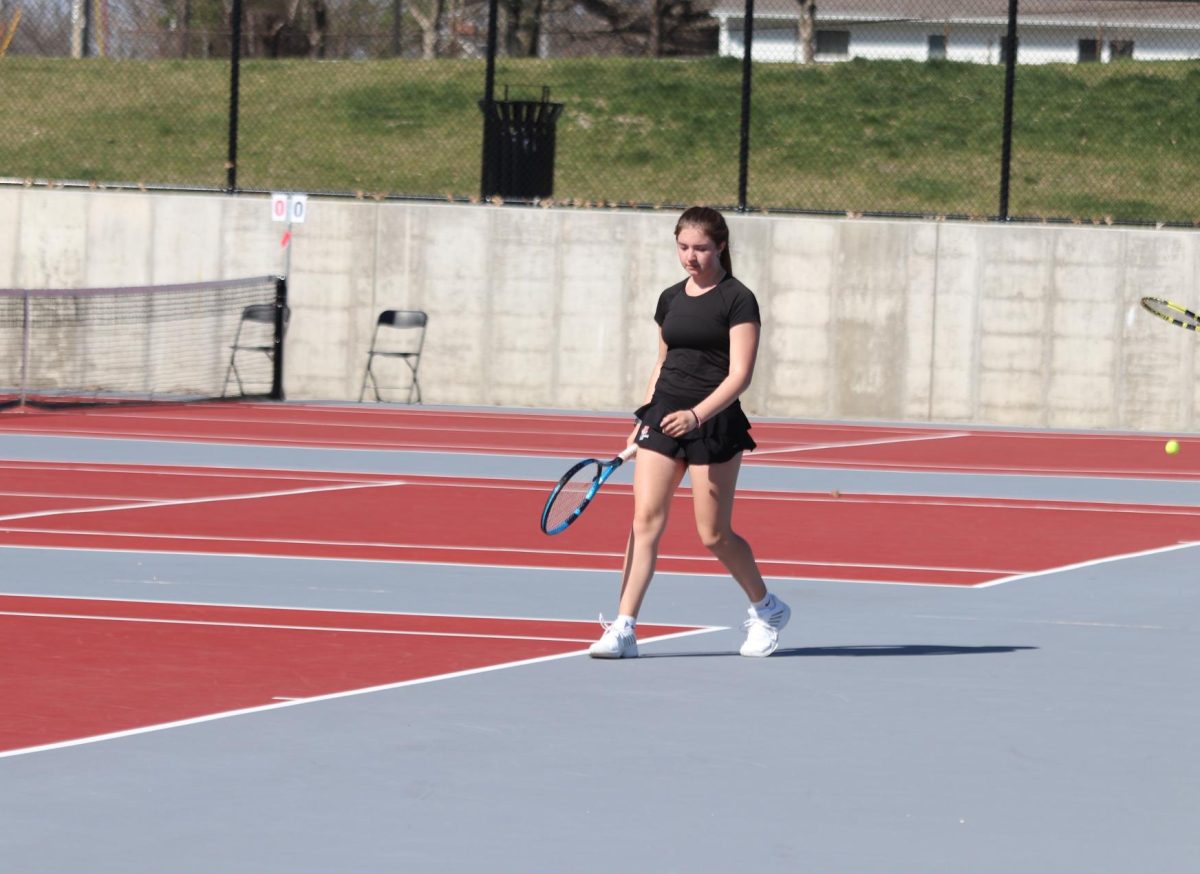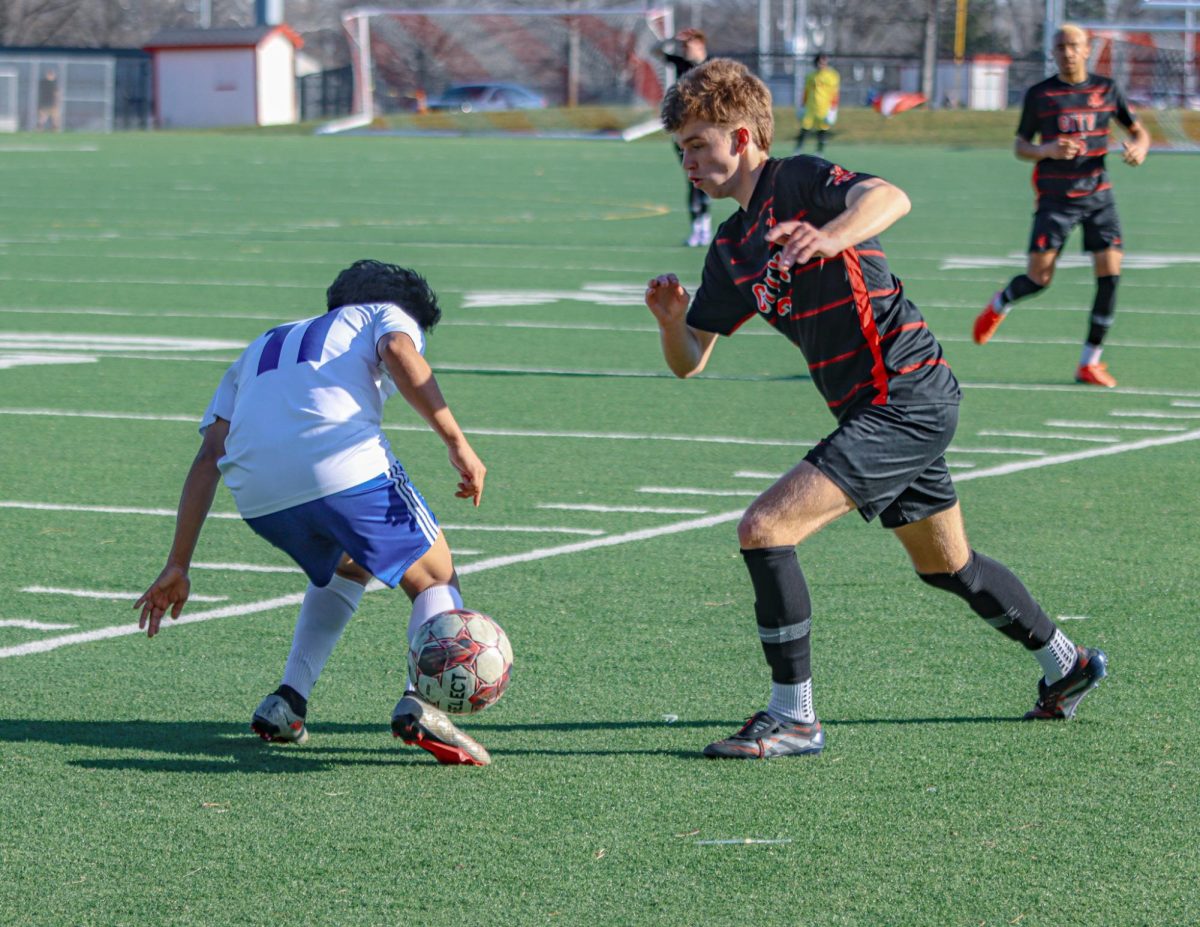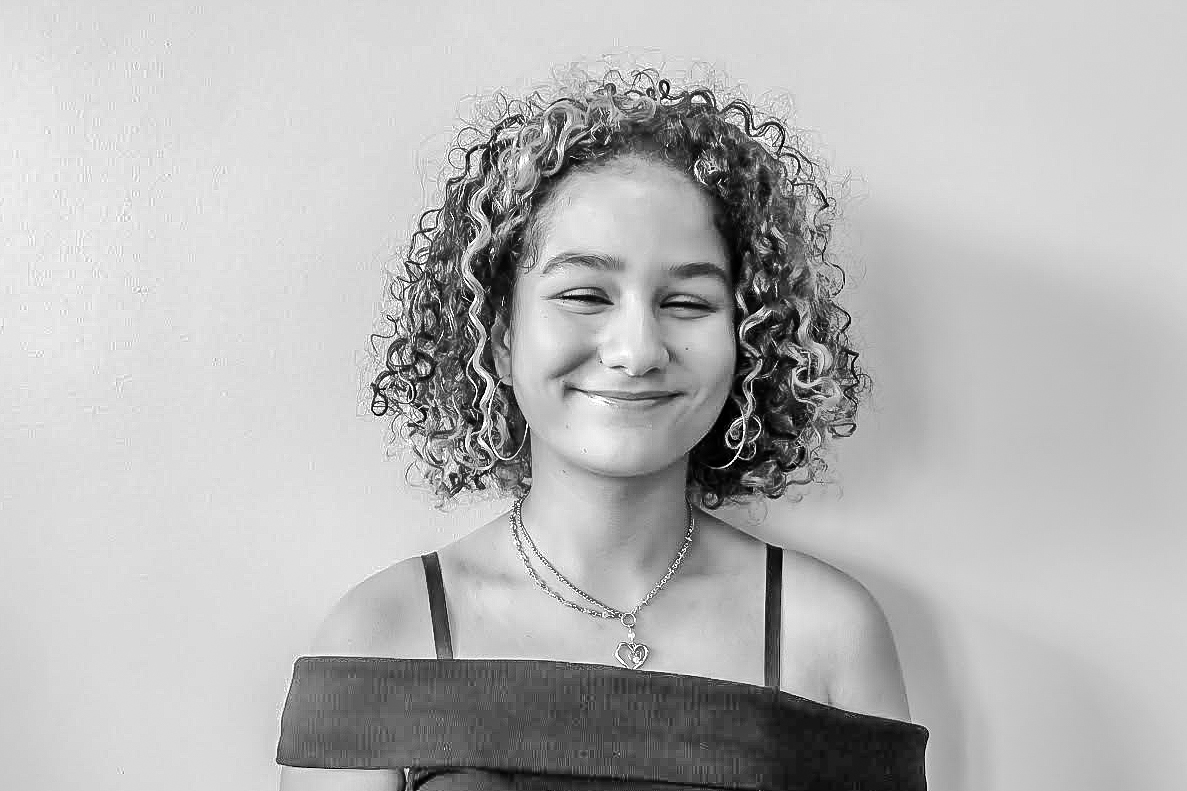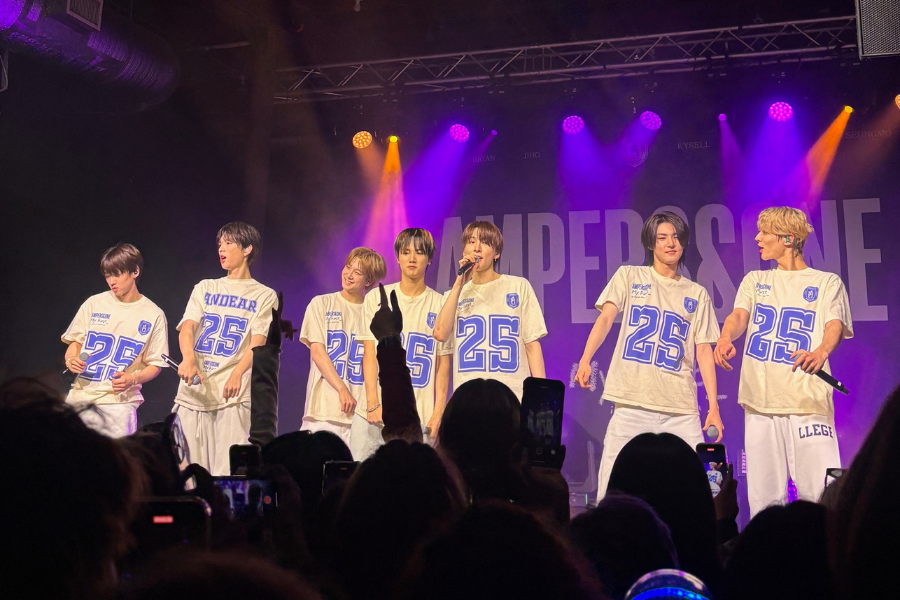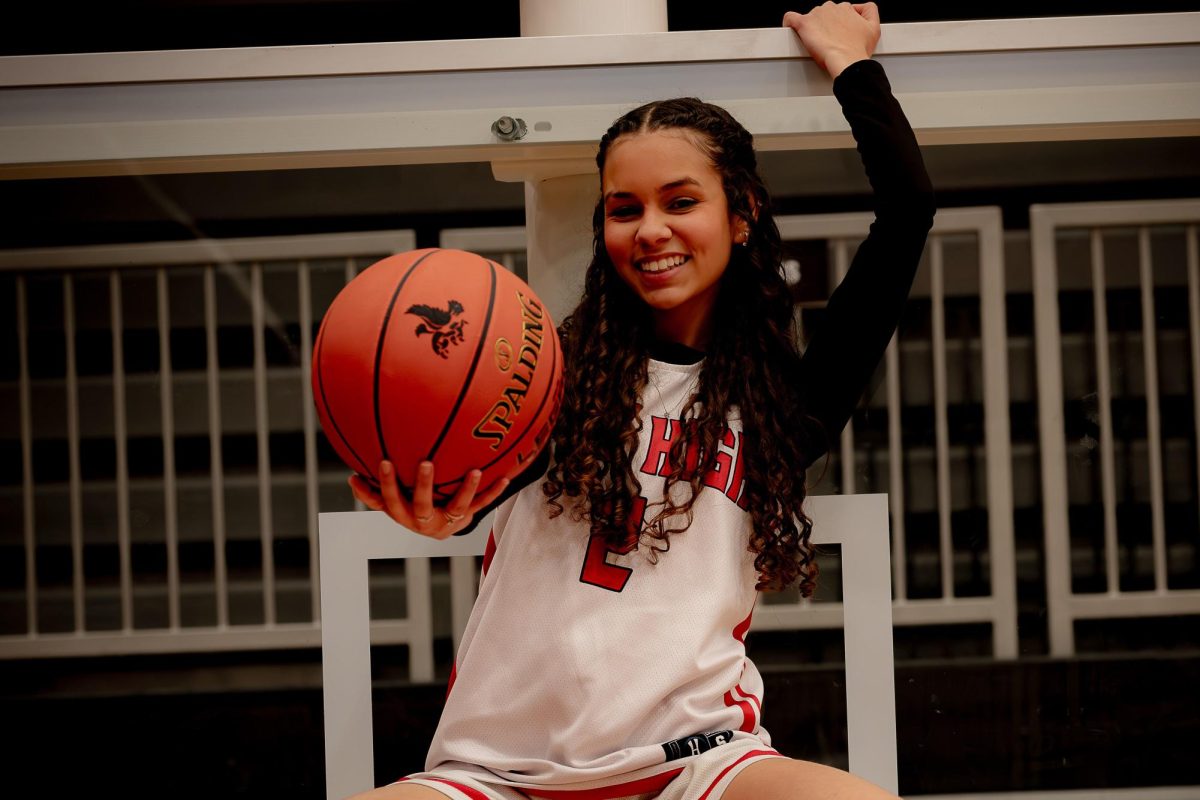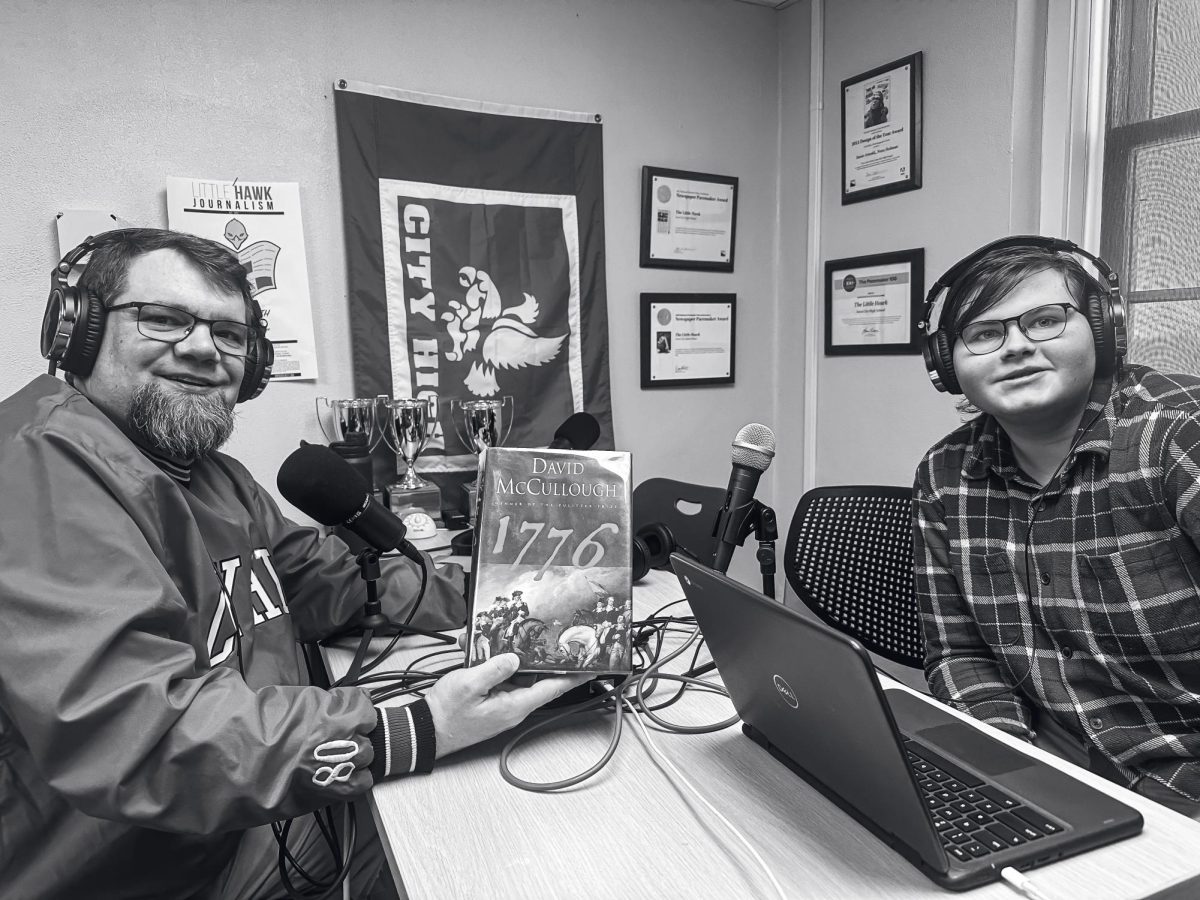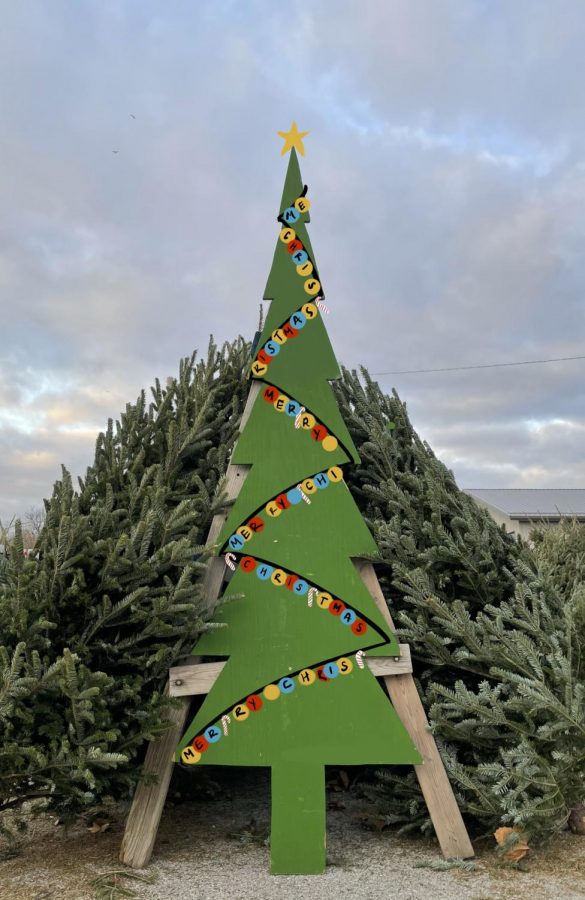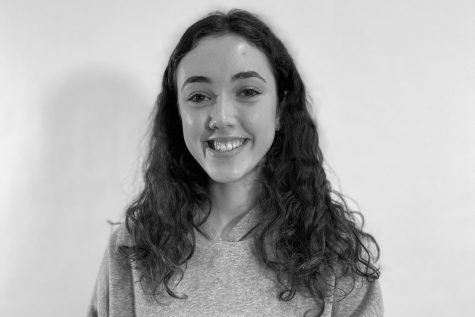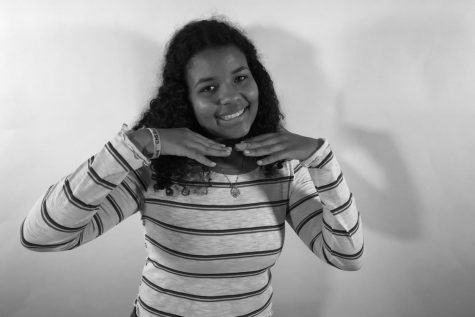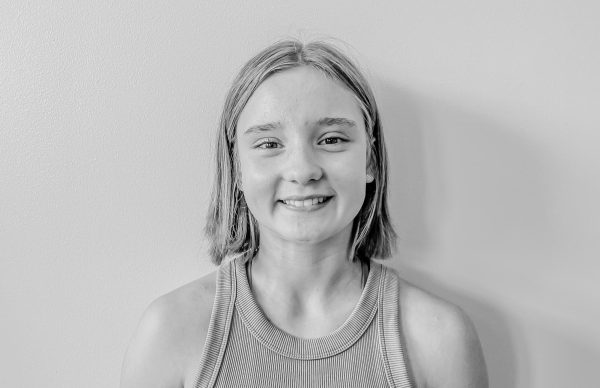Not In Season
The authors, Aala Basheir and Rebecca Michaeli, would like to emphasize that the point of this story is to educate others on the misrepresentation of minority religions. Aala is a part of the Muslim community, while Rebecca is a part of the Jewish community, and because of this, most of the story focuses on their areas of expertise.
This time of year can bring many joys to people, especially those who observe the Christmas holiday. Though for those who do not celebrate Christmas, the holiday season can create a feeling of isolation.
March 17, 2021
A lack of representation of minority religions
As the late weeks of December are approaching, many are gearing up for the Holidays. Stores are filled with people, houses covered in lights and decorations. Many holidays take place around this time, including Christmas, Hanukkah, Kwanzaa, Diwali, and Solstice, adding to the difficulty of distinguishing each tradition celebrated.
Christmas is one of the most celebrated holidays in the United States. According to The Guardian, it leads with the most amount of greeting cards sold by 1.6 billion. While many students claim to have participated in school activities related to the holiday as young as kindergarten, they have also noticed a lack of representation of other cultures.
“During Ramadan, I would fast in school and people would constantly ask me why I wasn’t joining in during lunch,” Bothina Abdelrahman ‘22, a member of the Muslim community, explained. “[Although] I would explain to them that it was because I was celebrating Ramadan, people would either look at me strangely because they didn’t understand why I would do that while others would be genuinely interested in my religious beliefs.”
This can often lead to minority religion populations feeling the pressure of educating others in hopes of filling the gaps of information.
“I noticed [the holiday themed activities] growing up. In elementary school, it used to make me feel left out because we would do a lot of Christmas and Halloween activities in class,” Abdelrahman explained. “My family and I don’t celebrate these holidays as Muslims.”
Jeremiah Collins ‘21, a member of the Jewish community, has also noticed the lack of information regarding the Jewish culture such as emphasis on Hanukkah, one of the minor holidays in the religion while Yom Kippur, which holds a lot of religious significance is not as well known within the education system.
“I feel like there is a lack of knowledge and understanding about Judaism, I don’t know if that’s necessarily something that needs to be in schools but knowledge breeds tolerance, and stigma comes from not knowing things,” Collins said.
Although the transition between elementary school and middle school offered a more diverse curriculum by increasing the lessons taught. Some students did not feel accurately represented until high school. Three high schools in the district offer AP World History which goes into detail on the history of many religions including Buddhism, Hinduism, Judiusm, Christianity and Islam.
“The City High World History teachers did a really awesome job at teaching us about the different cultures and religions which I truly enjoyed,” Abdelrahman.
Dr. Diana Cates, Professor o f Religious Ethics at the University of Iowa, focuses on religious ethics and moral psychology.
“[The goal] is a culture where everybody’s religion is interesting to everybody else, even if they don’t agree with it. [The best atmosphere] is when religion is interesting and [students] want to talk about it and learn. I think, in public schools I would not sanction any overtly religious events,” Cates said.
Rabbi Esther Hugenholtz is also familiar with minority religions in the education system. Growing up non-Jewish in the Netherlands, but after many years of living a Jewish lifestyle, she officially converted to Judaism in her mid20’s. Hugenholtz went to Rabbinical school, and was ordained as a Rabbi at 35. Being a Jew from Europe, Hugenholtz is able to compare the two cultural contexts of Jewish life.
“The first thing is a shift in perspective. A lot of public schools think, ‘oh it’s Christmas time, let’s dig into the calendar and see what other religions are doing’, but that’s problematic, looking to match Hanukkah to a Christmas experience.” Hugenholz said. “They should reverse the process and say, ‘okay, we have all these religions that are equal in value to each other, let’s see what their most important festivals are, and learn about them, irrespective of what time of the year it is.’”
Islam celebrates its holidays according the Islamic calander, which is unique because there are no fixed days. A majority of it relies on moon patterns, a lunar month is shorter than a solar month followed world wide. Ramadan, a month where muslims around the world participate in a month-long fasting period, moves back ten to eleven days each year.
“So much of what we do as religious minorities is reactive. When we are not represented, it just forces us into reactiveness and defensiveness. And if we are represented, it encourages us to be proactive and to embrace our dignity, and our beauty on our own terms,” Hugenholtz said.
Many who are part of a religious minority can often feel isolated during the holiday season when their religion goes unaddressed in schools.
“I’m not really offended by my religion [not being talked about]. I’m more used to it now, but it is kind of isolating. It can be overwhelming, especially when you’re younger, there’s a feeling of being left out,” Margalit Frank ‘24, a member of the Jewish community, said.
Learning about minority religions and cultures in school can help students feel supported, and decrease religious bigotry.
“It’s equally necessary to learn about other minority groups because [it builds] knowledge and understanding,” Collins said. “If you don’t understand something, then you might think it’s weird, you might think it’s scary, but religions, these things are not that crazy.”
The increase of antisemitism and Islamophobia in America
While many minority religions and cultures are not represented in the current American climate, especially during the holiday season, a dangerous trend has been climbing. Religion-based hate crimes are rapidly increasing in the United States.
“Antisemitic or Islamophobic things are really prominent in classrooms. I’ve heard and seen teachers witness them, and not know what to do because a majority of teachers aren’t Jewish or Muslim, and don’t understand why something is offensive or what to do when somebody makes an offensive joke,” Frank said.
Recorded accounts of religious hate-crimes typically include assault, intimidation, and vandalism, though smaller microaggressions occur daily. According to the United States Department of Justice, Religion-based hate crimes made up 20% of all hate crimes committed in 2019. Many times, expressions of hate are intentional, though often, microaggressions are a reflection of unconscious bias or bigotry. For teens, school is a public setting where microaggressions are common.
“People are constantly getting what we characterize as microaggressions; insults and ways of leaving you out, or diminishing your culture because you’re different. Individuals’ own religion might bring them joy and peace, and a sense of freedom and possibility. But if you are not among the [religiously] dominant, when you get to school, it might just be a constant irritation or insult,” Cates said.
To better understand how to combat hate speech and crimes based on religion, some find it helpful to first define religion, what it is, and what it means.
“It’s really helpful, if people are up to it, to start with a discussion of what religion is. A lot of people think of religion as some kind of institution, or organized set of beliefs, but I also think of it as a way of living in light of possibilities that you can’t wrap your mind around,” Cates said. “There’s this ability to see that there’s all sorts of ways of being religious. I think that’s a good way to start to think about religion, because almost everybody can identify with that.”
Cates believes that it is crucial to create a welcoming and open environment when discussing religious differences, so a productive and educational conversation can be had.
“You have to be careful, because if you offend people’s sensibilities, they are not going to listen to you, and they’re just going to withdraw or shut you out. It’s best to try to welcome everybody into the conversation,” Cates said.
Rather than solely educating about a religion’s beliefs, some find it important to understand its components; such as what it does, how it’s organized, its behaviors, and if the religion is also part of a culture and ethnicity.
“Personally, I think the anthropological and historical approaches [to understanding a religion] are the best. I would like educators to stop setting this up as ‘what do they believe’, and then comparing the various metaphysical dogmas. To an anthropologist, ‘beliefs’ are just one of the things we want to learn about,” Frank Salomon, an anthropologist and retired professor at the University of Wisconsin-Madison, said.
According to Pew Research, in the United States, Christans represent 70.6% of the population, 22.8% identify as “unaffiliated”, Jews represent 1.9%, and Muslims, 0.9%.
“Christianity is so woven into the fabric of American society, that it can be a challenge, because people have assumptions about your relationship to Christianity. It tends to be the default for [Americans], they will revert back to Christianity as a way of understanding your Judaism instead of understanding your Judaism on its own terms,” Hugenholtz said.
Because Christianity is the dominant religion in America, some who are part of a religious or cultural minority may feel pressure to conform to dominant cultural conventions.
“My frame of reference for most of my life was Europe, which is also Christian-dominant, but Europe as a whole, is much more secular than America,” Hugenholtz said. “There are disadvantages to being Jewish in Europe, the incidence of antisemitism is much higher than it is in America, but one of the few advantages of being Jewish in Europe, is that you have less of a pressure to be Christian than I feel here.”
There have recently been record high accounts of Islamophobia, dramatically exceeding the previous peak of the post-9/11 Islamophoboc acts in 2001. Religious-based hate speech and crimes occur at City High, just as they do all over the world.
“As a girl who wears a hijab, I have received hate for being a Muslim on numerous occasions. I try my best not to let it get to me, but words can deeply hurt and haunt a person,” Eliza Edwards*, a student at City High said.
Islamophobia and antisemitism, often take shape in the form of microaggressions or what some excuse as “jokes”. According to the Anti Defamation League, 2019 holds the record for the highest level of antisemitic incidents since the organization began keeping records in 1979.
“I’ve experienced intolerance with being Jewish. I think antisemitism flies under the radar because people view Jews as very privileged, [people say] ‘they run the media’, ‘they own the banks’ — antisemitism is still hate. My grandma was a Holocaust survivor, so I don’t like Holocaust jokes,” Collins said.
Something as simple as not including education about minority religions in schools has led to students facing hate based on their religious identity. Oftentimes, incidents of Islamophobia or antisemitism go unreported, because students who experience them don’t know if teachers or administrators will take action.
“I don’t end up reporting [Islamophobic incidents] because [people] don’t always directly say that they hate Muslims like myself, but they imply it. I was scared it would be dismissed and gaslighted, but looking back I wish I had reported them,” a student at City High said.
According to the Intercultural Development Research Association (IDRA), religious equity in schools is often overlooked, except when a religion-based hate incident occurs that catches the public’s eye. The IDRA emphasizes the need for safe and inclusive school climates, and respect for diversity.
“I think that there should be conversation about religion [in public schools]. But there shouldn’t be practice of particular religions, unless you can achieve a culture where everybody’s religion is interesting to everybody else, even if they don’t agree with it,” Cates said. “[Religion] is interesting, and when people want to talk and learn about it, that’s the best atmosphere.”








